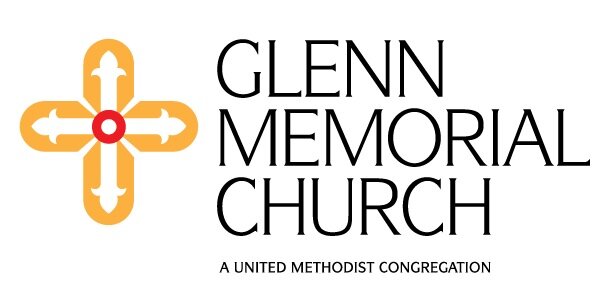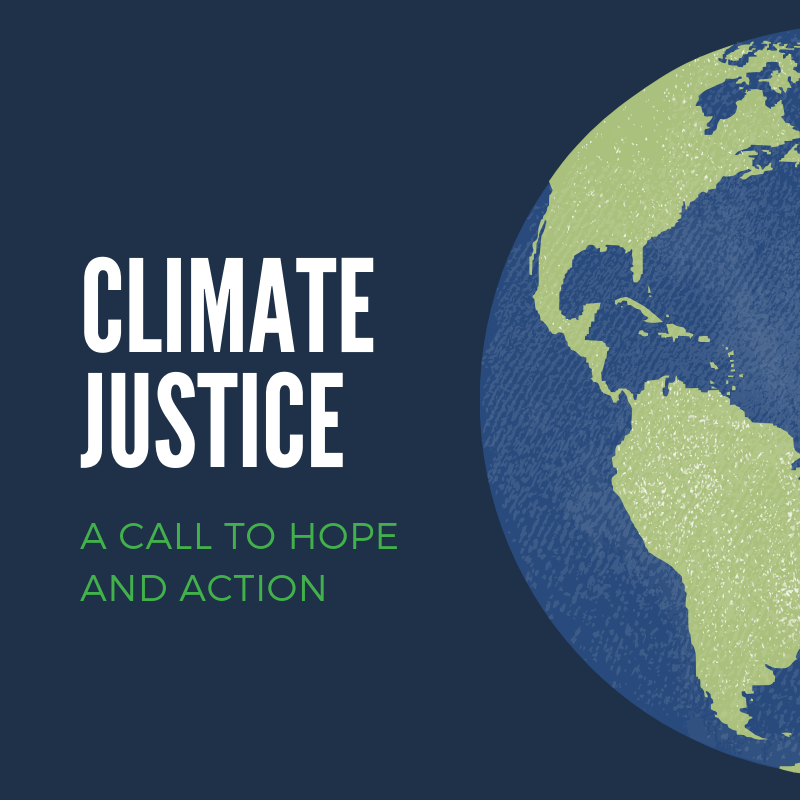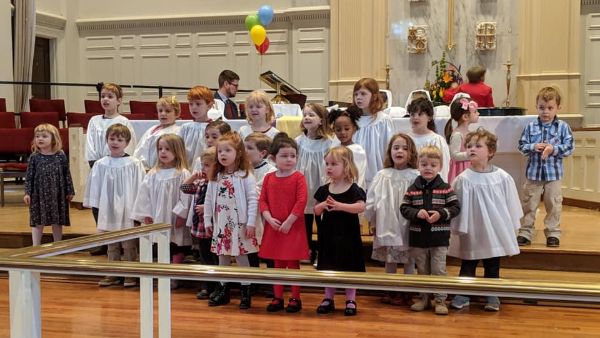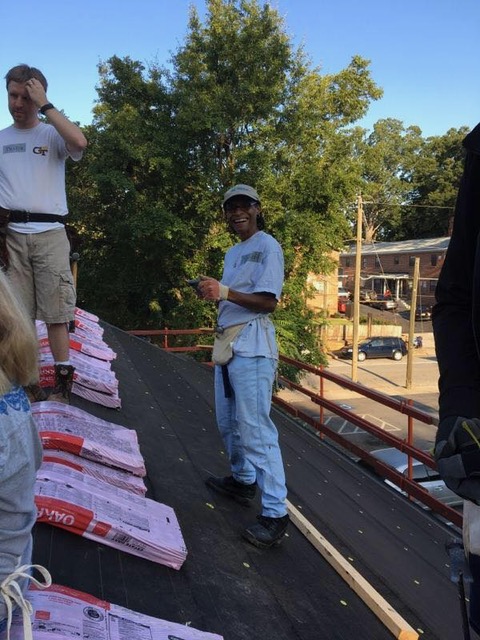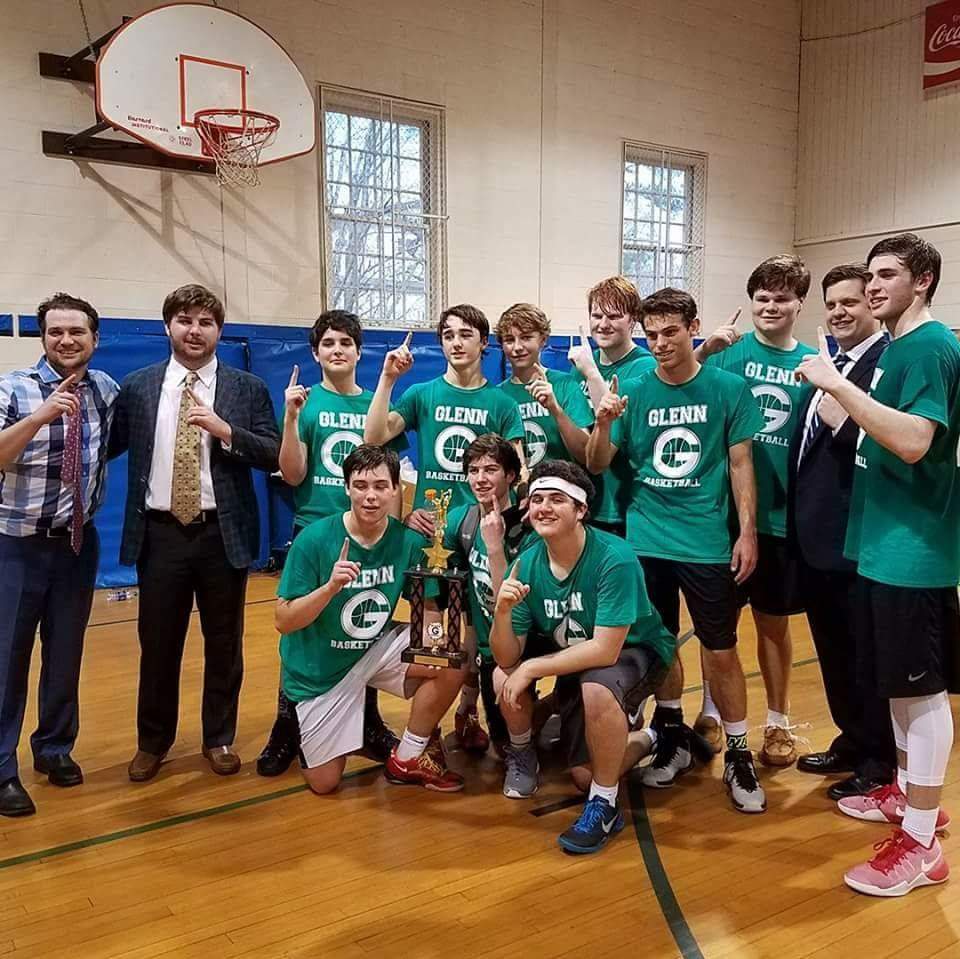The fire in the Cathedral of Notre-Dame, a place I have never visited, had a surprising emotional impact on me. I am a lover of all things historical, certainly, and I’m always moved by beautiful art and holy architecture, so I have good reason to mourn, as do we all. We have lost treasures of culture and faith.
Human history is written in constructions shaped by vision and hands. Some of those creations fall to the earth to resurface millennia later, fragments; others rise from the earth as grand and lasting structures, a constant presence of the past among us. There in the heart of Paris, the Cathedral of Notre-Dame stands a glorious monument to faith and human aspiration.
As I said, I’ve never been there, but today I’m recalling a visit Kathy and I made to a cathedral of similar age and significance in Canterbury, England. In that historic place, I marveled at the ruts carved—or rubbed or polished—by the footsteps of countless pilgrims into stone floors—STONE FLOORS. We walked with them that day, souls among souls. So, I know the fire in Paris has obliterated the fingerprints of craftspeople and turned to ashes wood smoothed by the gliding hands of centuries’ worshipers. We’ve lost timeless and beautiful stories. And I grieve.
But, still, as I consider my emotions right now, I know there is more to my hurt than the destruction of a splendid sanctuary. Call this moment a convergence of grief. My heart breaks for another loss—or, more accurately, a loss in process. In this case, it isn’t a building that lies in wreckage, but a kinship, a family, a “connection” (in the grand Methodist glory of the word). There are no flames, but there’s destruction.
Human history is written in constructs of the mind, in visionary structures built of words and ideas, in partnerships forged of shared faith. The Methodist movement comes up a several centuries short of the cathedral, but in our quarter of a millennium, we have built something beautiful. Spread across the globe, the United Methodist Church moves and loves, a glorious monument to faith and aspiration.
Emerging from the family tree we share with Notre-Dame, our little Methodist branch has borne good fruit. Our history is written of people moving outward, always outward, with the Gospel of Jesus Christ. Our history is written with grace and the fleshy human stuff of care and justice. Our history is written with the feet, hands, and hearts of countless pilgrims walking faithfully from church to world and back again.
At the heart of that pilgrim journey has been the decision and commitment to walk together, though we walk a million roads. And it is that connection I grieve. Now I hear words about divorce or, a bit more palatable to the ear, of adult children going their separate ways. But there is history being lost, and something beautiful is being abandoned. Allow me my grief, please, before celebrating the new.
I heard a good preacher story once in a church I served. A pastor some years before me had broken his arms while pruning a tree near the parsonage. That much I’m sure was true. But the teller of the tale didn’t leave it at that. As he told it, the preacher was sitting on the limb when he sawed it off. Ridiculous, of course.
Yet, here I sit with you and others on our little branch of the Christian tree, and the only discussion left for us is who will do the sawing.
As I look upon the cross this holy week, I will grieve the loss of beauty created by us human beings—in Paris and closer to home. And I will wait for Easter.
I know that my Redeemer lives.
I know that an end isn’t the end.
I know that Easter is true and real, even now.
But for a little while longer, in this place where losses converge, I will grieve.
-Rev. Mark Westmoreland
